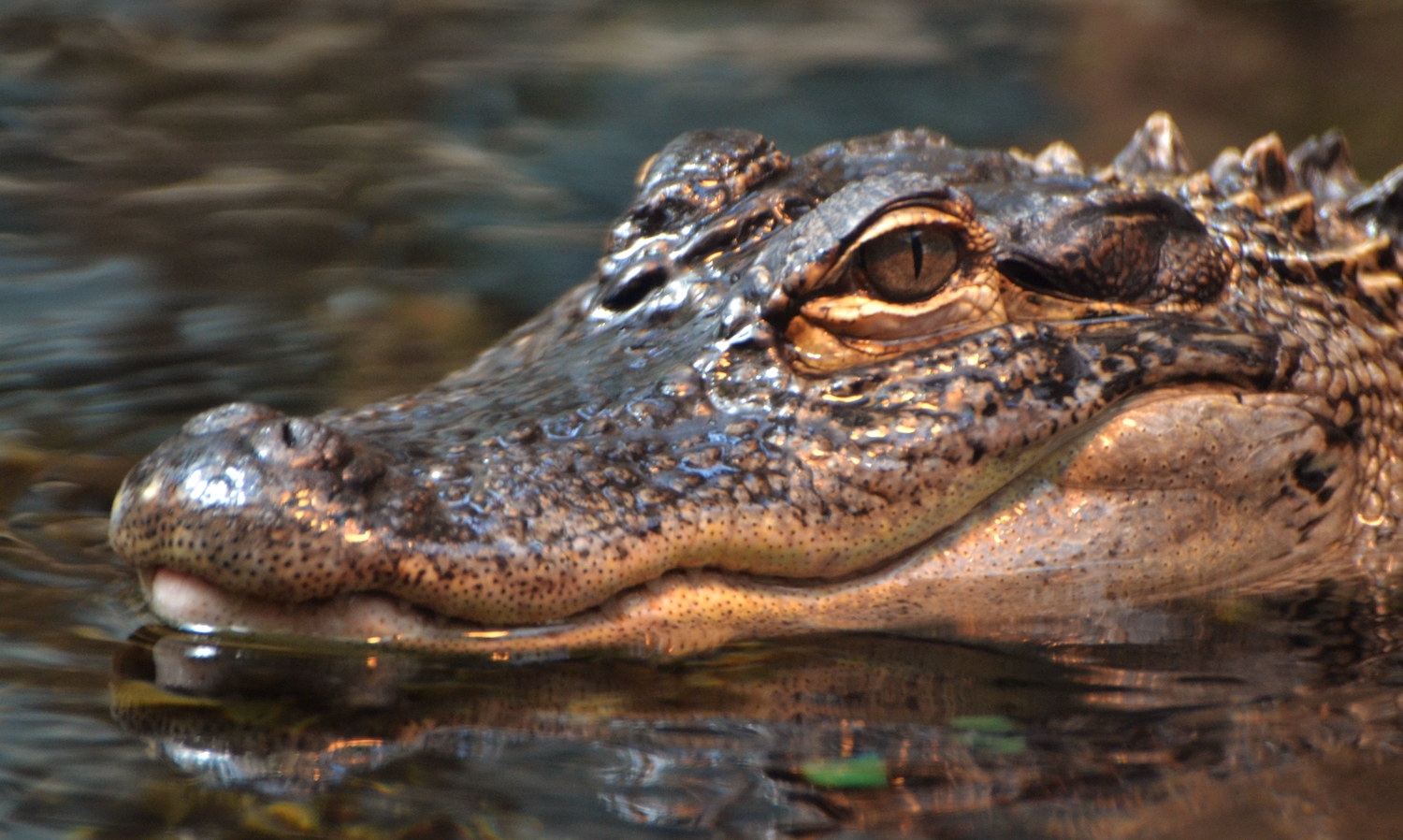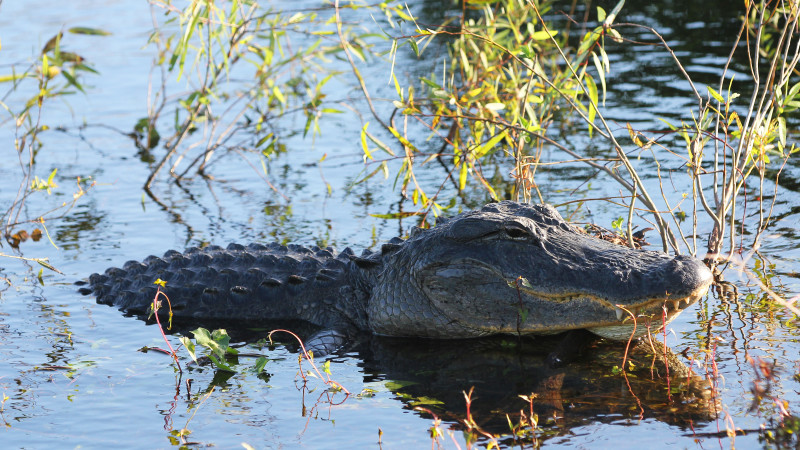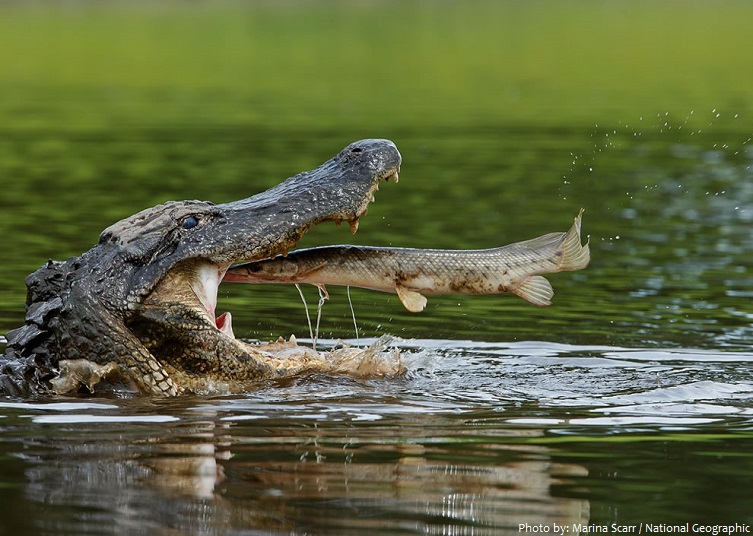

The largest of the species (both males and females), will defend prime territory whereas smaller Alligators have a higher tolerance of other Alligators within a similar size class.Īlthough Alligators have heavy bodies and slow metabolisms, they are capable of short bursts of speed that can exceed 30 miles per hour, though this could more properly be classified as a short fast lunge rather than a dash. Smaller Alligators can often be found in large numbers in close proximity to each other. Large male Alligators are solitary, territorial reptiles. This fact can be used to find alligators in the dark. The eyes of a large Alligator will glow red and those of a smaller one will glow green when a light is shined on them. Algae-laden waters produce greener Alligators whereas Alligators from waters with a lot of tannic acid from overhanging trees are often darker (although the Chinese alligator has some light patterning). However, color is very dependent on the water. Their sensory pits are located over most of its entire body.īoth living species of Alligator also tend to be darker in color than the Crocodile, often nearly black. Their salt glands are located on their tongues and excrete excess salt. Their upper teeth display outside the lower jaw.


Their upper jaw is about the same size as lower jaw and their lower teeth are displayed outside the upper jaw when the mouth is closed (especially noticeable is the huge fourth tooth). Their salt glands are non-functional and their sensory pits are located only near their jaws.Ĭrocodiles have a ‘V’ shaped, longer snout. Their lower teeth are mostly hidden when their mouth is closed and fit into sockets in the upper jaw. Their upper jaw is wider than the lower jaw, overlapping it. However, they can be distinguished by the following difference:Īlligators have a ‘U’ shaped, shorter snout. There are many more of these alligators in zoos around the world than in the wild.Īlligators are sometimes confused with Crocodiles as they are similar in shape, features and behaviour. There is estimated to be only around 24 Chinese Alligators left in the wild. Alligators mostly live in fresh to brackish water, in swamps, marshes, canals and lakes. The Chinese Alligator (Alligator sinensis) is an endangered species and is found in the lower Yangtze River basin in China. The Chinese Alligator is smaller, rarely exceeding 7 feet (2 metres) in length. Few of the giant specimens were weighed, but the larger ones could have exceeded a ton in weight.

The largest alligator ever recorded in the world measured 19 feet 2 inches (5.8 metres) and was found on Marsh Island, Louisiana. The largest alligator recorded in Florida was 17 feet 5 inches long (5.3 metres). American Alligators live in freshwater environments, such as ponds, marshes, wetlands, rivers and swamps.Īn average American Alligators weight is 800 pounds and their length is around 13 feet long. The United States is the only nation on earth where both alligators and crocodiles live side by side. In Florida alone there are an estimated more than one million alligators. The majority of American Alligators inhabit Florida and Louisiana. The American Alligator (Alligator mississippiensis) found only in the southeastern part of the USA – Gulf of Mexico, Texas, Oklahoma, Louisiana, Mississippi, Alabama and Florida as well as Arkansas, Georgia and the Carolinas. On land, they can run and move very fast, but only in short bursts. This means that they walk in a flat-footed manner. Alligators gain body heat by basking in the sun moving between hot and cool locations.Īlligators, like many reptiles are ‘plantigrade’. Alligators are cold blooded (ectothermic) and like most reptiles they do not make their own body heat. The tail is also used as a weapon and stores fat that the alligator will use for nourishment during the winter. Alligators tails help propel them rapidly through the water and is used to make pools of water during the dry seasons called ‘gator holes’. The tail is half the animals total length. Alligators are large, semi-aquatic carnivorous reptiles with four small legs and a very large, long tail. An Alligator is a crocodilian in the genus ‘Alligator’ of the family ‘Alligatoridae’.


 0 kommentar(er)
0 kommentar(er)
